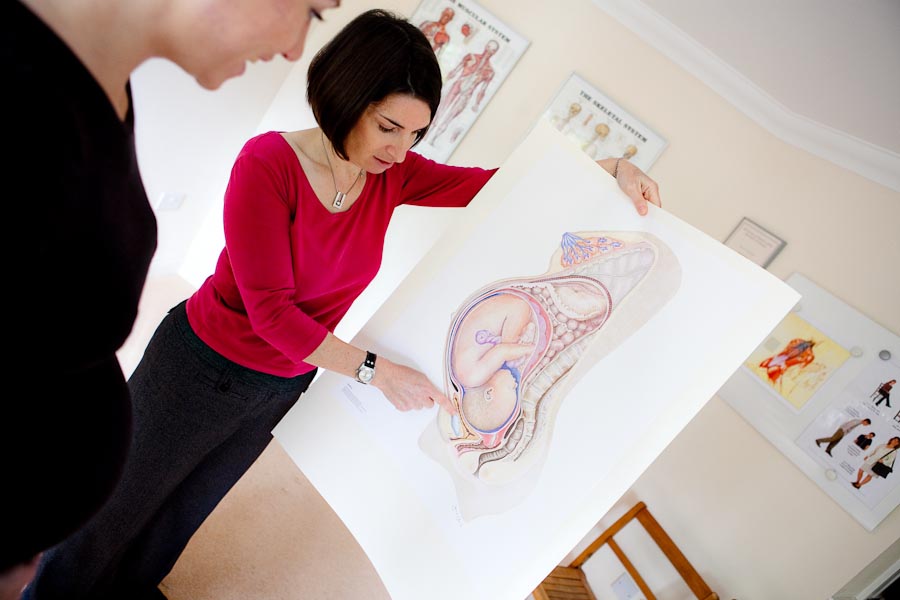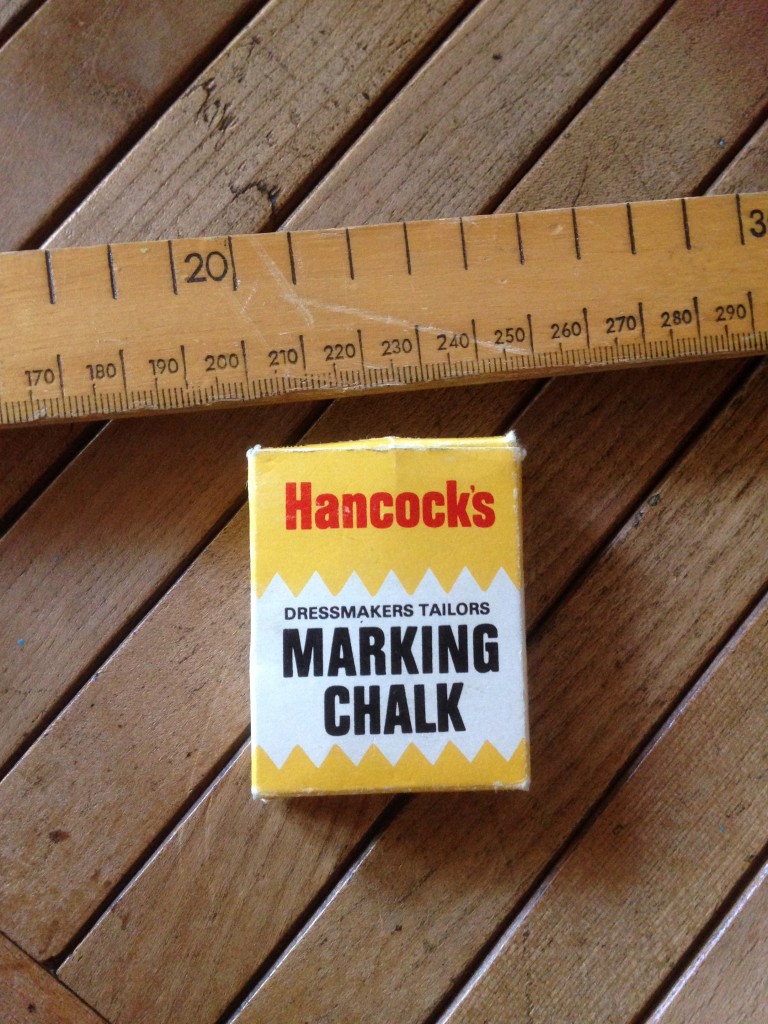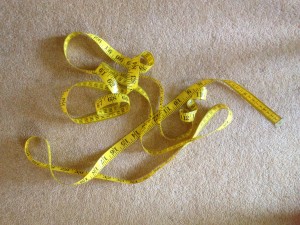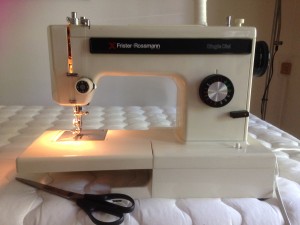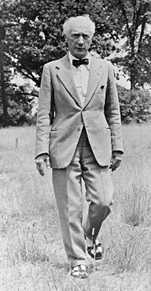I love working with pregnant women. During pregnancy, a woman’s body is changing rapidly. It’s important to develop good habits early on to help avoid back pain.
Pregnancy – Adjusting to the Bump
I help women to strengthen their back and to find balance and ease, both physically and emotionally. We do a lot of work with bending to learn how to support the back properly both during pregnancy and when the baby arrives. I also have ways to show how not to arch the back which is a common posture during pregnancy.

We look at preparing for labour and getting ready for when the baby comes, being back and neck aware. If a couple wants, I can also work with the birth partner so they know how they can support mum. One thing I focus on is the quality of touch so that the touch is supportive and not adding to tension.
It’s best to start as early as possibly – ideally from 3 months.
Adjusting to the baby
There’s so much to adjust to when a new baby comes into the world, that mums (and dads/partners) can forget to think about their own bodies. And this can cause havoc with their backs.
It can also be quite stressful and emotional.
In an Alexander Technique session, we can look at a range of practical activities such as:
- bending and avoiding back ache: over the pram, cot, bath, changing mat
- breastfeeding without straining your back and neck
- sitting comfortably when playing with the kids on the floor
- carrying your baby without arching the back
- working out the best way to wear a sling
- using baby car seats without damaging your back
- how to find calm and reduce anxiety.
I’m very happy for parents to bring the baby into the lesson. If the baby’s sleeping then the two of us can work together. If the baby needs attention, we can work while you hold the baby or breastfeed.
I’m also happy to sing to the baby to soothe him or her – lullabies and football songs, whatever their preference!

